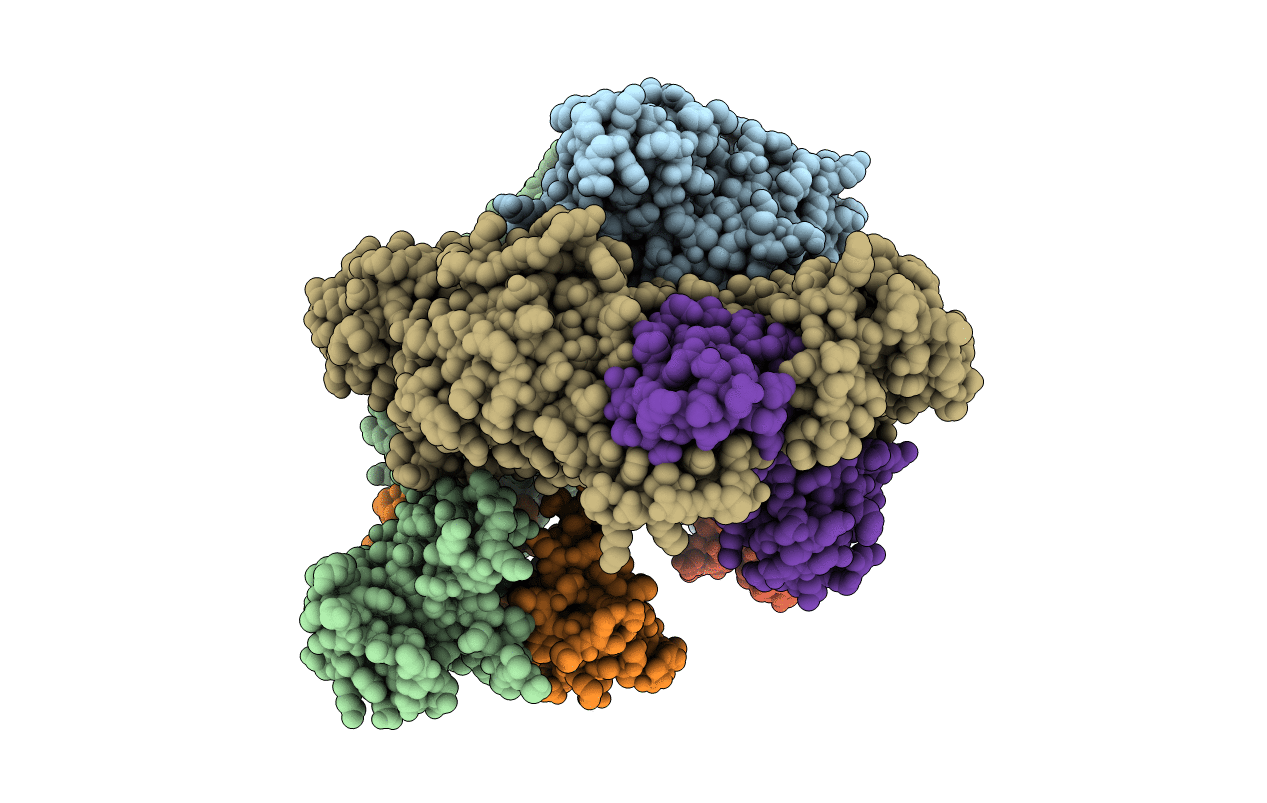
Deposition Date
2001-10-26
Release Date
2002-01-23
Last Version Date
2024-02-07
Entry Detail
PDB ID:
1K90
Keywords:
Title:
Crystal structure of the adenylyl cyclase domain of anthrax edema factor (EF) in complex with calmodulin and 3' deoxy-ATP
Biological Source:
Source Organism:
Bacillus anthracis (Taxon ID: 1392)
Homo sapiens (Taxon ID: 9606)
Homo sapiens (Taxon ID: 9606)
Host Organism:
Method Details:
Experimental Method:
Resolution:
2.75 Å
R-Value Free:
0.28
R-Value Work:
0.21
R-Value Observed:
0.21
Space Group:
I 2 2 2


